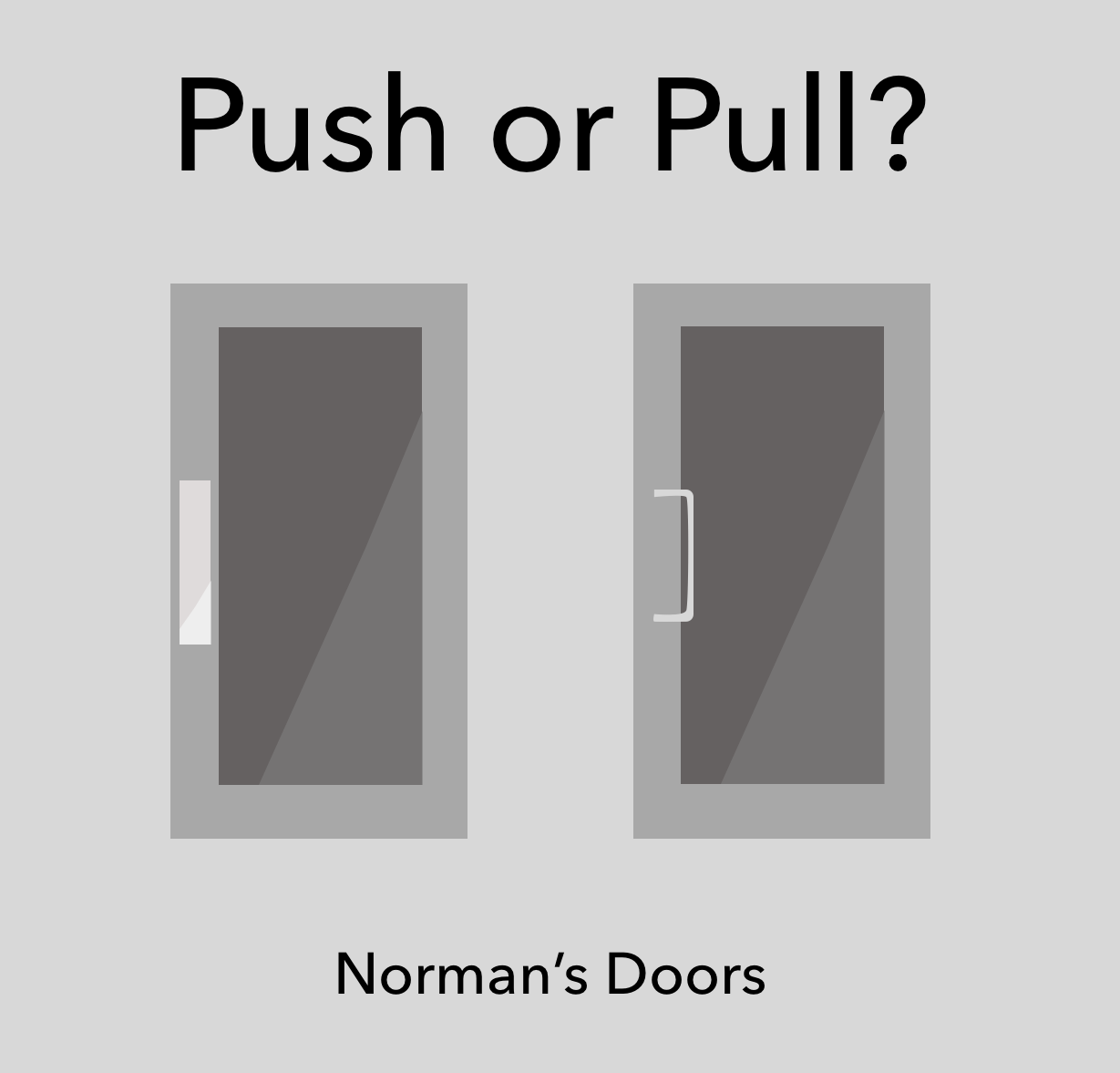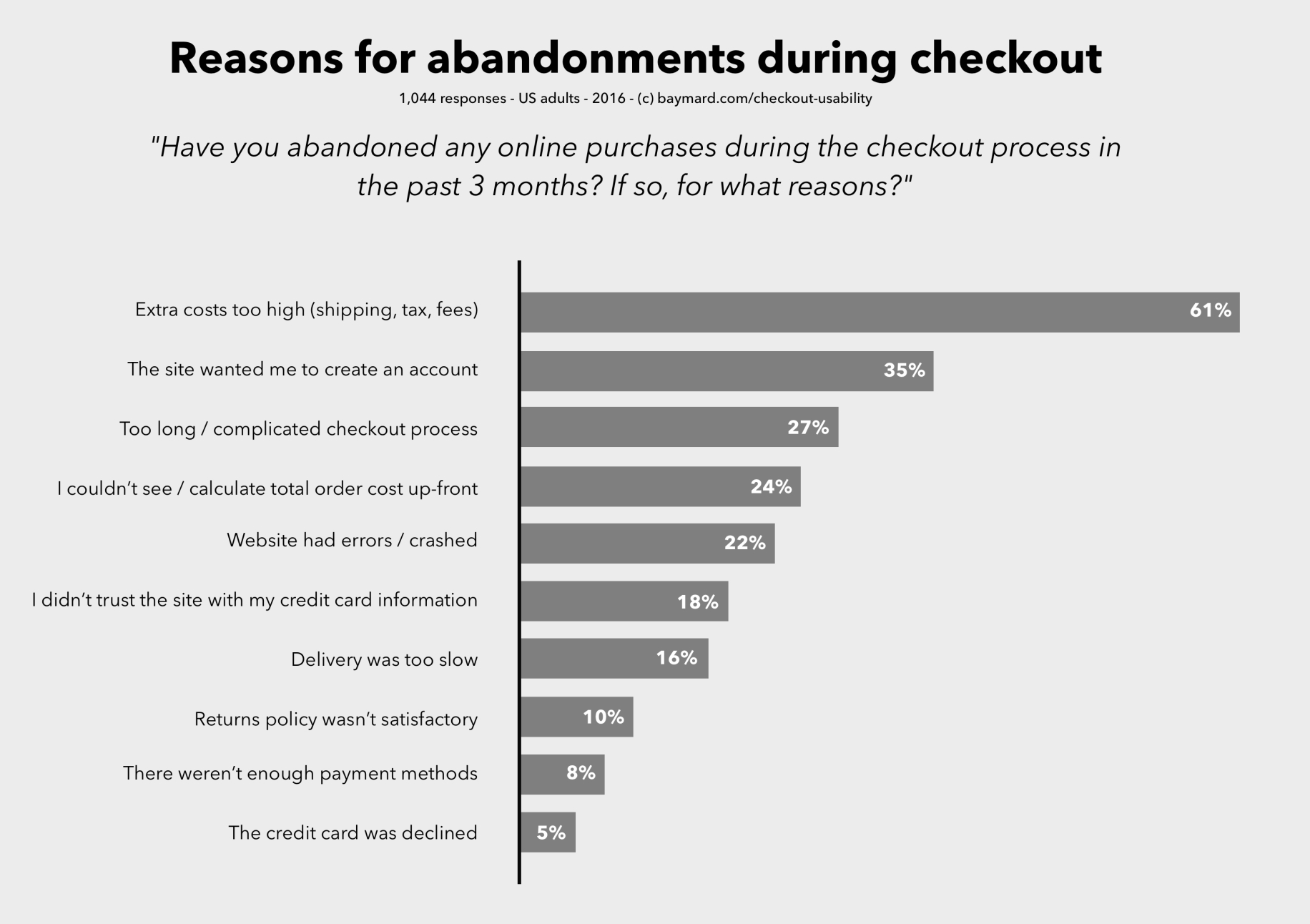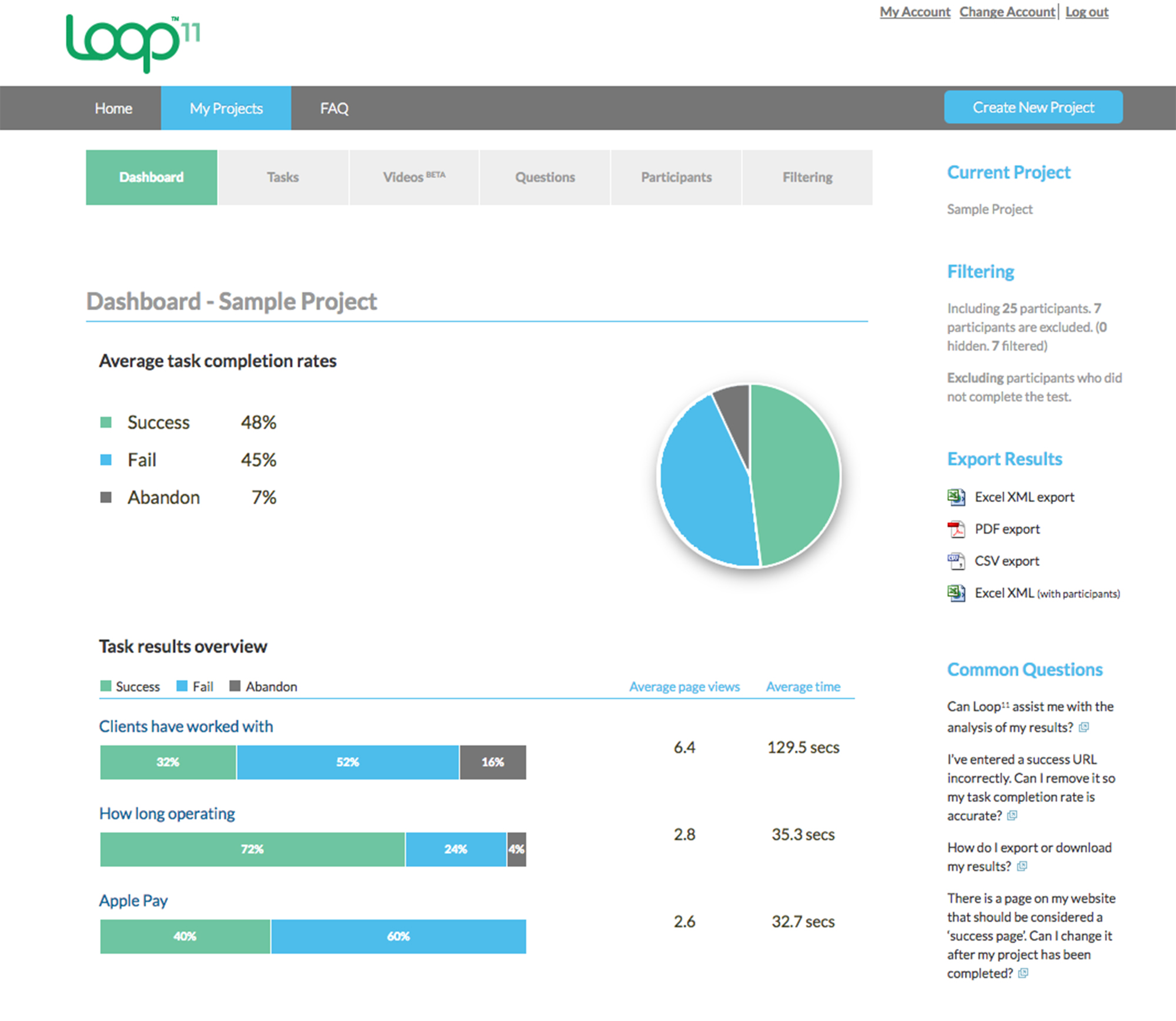Understanding UX and its Importance
The challenge that most UX designers and product owners face is ensuring that the UX products and services are user friendly. Some common issues are simplicity, navigation, appearance, and maintenance, and so on. In this book, we will address all these issues using real examples, and examine the main overall problems and solutions regarding accessibility, conversion, content, and the UI, just to name a few issues. You will learn to simplify, fix, and enhance some common, real-world application designs.
As you progress through the book, you will learn about the information architecture, usability testing, iteration, UX refactoring, and other similar concepts. You will also learn some interesting UX design tools with the projects covered in the book. By the end of the book, you will be armed with the knowledge to fix bad designs and to ensure great customer satisfaction with your applications.
In this chapter, you will learn the following:
- UX is present everywhere
- Bad UX is bad for your business
- The ROI of fixing bad UX design
- Getting stakeholders involved
- Metrics and KPIs
UX is present everywhere
In his book, The Design of Everyday Things, Donald A. Norman tells us about his constant trouble with opening doors:
He says, explaining his frustration. This is one of the examples that he presents in his book to illustrate how a poor design can have a negative effect on user experience:

Known as Norman's Doors, we can see examples of these misleading designs everywhere: remote controls, sink taps, buttons, elevator panels, utensils, home appliances, and a number of other examples of how poor design has been causing day-to-day confusion.
We are constantly playing our role as users, having positive or negative experiences, not only when using products, but also offline or brick and mortar services such as navigating in a supermarket, using ATM machines, searching for our gate at the airport, even using toilets can be challenging. And every experience online or offline can be designed or redesigned to be positive. It doesn't matter if it is an app, a website, or a Norman Door.
Just to give an idea of how a poor design can impact different aspects and environments of our day-to-day life, a recent survey by the Japan Restroom Industry Association showed that foreign tourists often have a hard time of understanding the many and different controls of Japanese toilets, making the experience of using the toilet more complicated than they thought: 25% of them confirmed that they did not know how to use a Japanese-style toilet. Alarmingly, I pressed the emergency button was a similarly common, expressed by 8.8% of foreigners. Concerned about being more tourist-friendly for the 2020 Tokyo Olympic Games, Japan's Restroom Industry Association (a group of 10 companies that include Panasonic and Toshiba) has agreed to create a set of standardized pictograms:

As you can see, user experience does not only apply to digital applications, but it can also be seen in simple, everyday activities. It is the main job of a UX designer to turn all these negative experiences, as results of a poor design, into positive experiences.
Bad UX is bad for your business
A badly designed experience can not only be frustrating to the user, but can also highly impact a business, especially when we talk about online businesses. To give you an idea and statistical evidence to demonstrate this statement to your clients or boss, a report by the Baymard Insititute shows that a better design and checkout flow experience could have improved about 35% of ecommerce conversion, in other words, by fixing small UX issues, companies could saved billions of dollars.
It is interesting to closely analyze the study by Baymard (2016) and note that most of the reasons for the abandonment of a business are related somehow to the whole user/client experience:

The study The App Attention Span (2014)—by AppDynamics in partnership with the Institute of Management Studies (IMS) at Goldsmiths, University of London—demonstrates that 90% of users confirmed that they stopped using an app because of poor performance, and 86% of them deleted or uninstalled an app because they found problems with its functionality or design. According to the Customer Experience Report (2010) by RightNow, 82% of customers have left a company because of a bad customer experience.
Other studies show the negative impact of a bad experience: About 40% of users might abandon a website if it takes more than three seconds to load, while 79% will search for another website in order to be able to complete their task.
Going beyond these figures, a bad user experience can impact not only on the customer's relationship with the companies, but also on the employee's performance. In 2013, the Avon Products company reported that it had discontinued a $125 million mobile software development project after running a pilot in Canada, which showed that the iPad version was too hard to use, resulting in many sales reps quitting the company.
The ROI of fixing bad UX design
Fixing a bad design can have an incredibly positive impact on businesses, as reported by Jim Ross, Senior User Experience Architect at D3 Infragistics Services on the study The Business Value of User Experience; it doesn't matter whether the users are employees or customers, a good user experience can help companies not only increase revenue and save money, but also, a bad user experience can seriously impact satisfaction, costs, and sales.
The software development agency On3 agrees with this fact when it points out that companies were able to increase their revenue by 37% thanks to their highly positive user experience:

According to an article by Steve Olenski, published in Forbes, if you design a better user experience, you can boost your user retention. The author reminds us of research by Harvard Business School, which says that it is possible to increase profit by at least 25% by using UX design techniques to satisfy users and boost customer retention. It has a really significant impact on a retention strategy.
This Harvard Business study also shows that a subscription-based business client who ranks the experience as poorest will only have a 43% chance of continuing to be a member a year or so later. On the other hand, members who scored their experiences in the top two tiers would definitely have a 74% chance of remaining a member for at least another year, as you can see in the following chart:

In the same study, researchers found that, among thousands of customers studied, the ones who had the best experiences in the past might spend about 140% more in comparison to those who had the poorest experience previously:

Also in the study Business Value of User Experience (2014), we see that a positive customer experience will increase by over 14% the customers' willingness to pay for what you are offering online by over 14%. It also might reduce their likelihood of their of switching brands by over 15% and increase by over 16% the likelihood of their recommending your products.
The Baymard Institute has reported that a better checkout design can increase the conversion of the average large-sized ecommerce site by over 35%, which means that about $260 billion worth of lost orders in the US and EU could be retain with a better design and checkout-flow experience.
That a positive experience can impact the business was also reported by other companies, studies: the study Customer Experience Impact Report by Oracle (2011), for example, shows that 86% of customers will pay more for a better customer experience. American Express has found a similar result in their customer service survey in 2011, which says that 70% of Americans were willing to spend an average of 13% more with companies that they feel provide excellent customer service.
This direction, there is a famous case known as the $300 million button, in which a major ecommerce company has increased their revenue by 45% by just changing a button on their checkout process, as suggested by UX specialist Jared Spool. He helped the company make more than $300 million by making a small UX fix.
In order to find a proper solution, Spool and his team conducted usability tests that showed that the issue was not exactly in the design itself or even not the form of how it was designed, but the representation of it to the users: New customers were feeling suspicious about the registration form and felt that it was a way to add their contact details to the ecommerce email marketing scheme. Also, a great number of the returning customers couldn't remember their login and/or password, and so they either abandoned the cart or created a new account, which made 45% of users create multiple accounts.
The solution found by Spoll was simple: Just replace the Register button with a Continue button, along with a simple message: You do not need to create an account to make purchases on our site. Simply click Continue to proceed to checkout. To make your future purchases even faster, you can create an account during checkout. With this change, they helped the company generate $15 million-worth of extra purchases in the first month, and $300 million in one year, representing a 45% increase in purchases. It is definitely one of the best illustrative cases that you can use to convince sceptical clients that UX can highly improve conversion. You can be inspired and create variations of the Spool version focused on your user experience:

Getting stakeholders involved
The cost of investing in a great UX should be clear to your company, and, as we saw before, there are many different studies to show it. By not focusing on UX, your company can decrease sales, increase the number of dissatisfied customers, and disengage employees. As we saw before, there are loads of studies to demonstrate the importance of UX and they should be used to not only convince your company about that, but also to get stakeholders involved.
As explained by Smartsheet.com (https://www.smartsheet.com/) in their article What Is Stakeholder Analysis and Mapping and How Do You Do It Effectively?, you should consider all the interested parties in a project as stakeholders, which means not only everyone who might affect and also influence the project itself, but also everyone who might be influenced by it.
In the book, Articulating Design Decisions: Communicate with Stakeholders, Keep Your Sanity, and Deliver the Best User Experience, the author Tom Greever explains the stakeholder needs and the importance of gaining their support. The summary of his book is that, as in any project, designers will need the stakeholder recognition of the value of fixing UX issues and the importance of investing in these tasks. By not having such support, the project might risk losing funding or even never going beyond the prototyping stage.
To ensure that stakeholders are involved can be one of the major success factors in integrating UX practices into services or product development processes and organizations, as pointed out in the paper Stakeholder Involvement: A Success Factor for Achieving Better UX Integration. One example of how important it is to get the stakeholders involved was mentioned by Adaptive Path in the study, Leveraging Business Value: How ROI Changes User Experience: After falling behind their competition online, Bank of America, a design team, in collaboration with a product manager, identified that customers were having a hard time completing the online enrollment process. The design team led a collaborative process that included stakeholders from IT, legal, product, and other departments, and was able to increase the yield by 45%.
It is important to know that the top three reasons projects get derailed are poor communication, lack of clarity, and expectation management amongst stakeholders, as pointed out by NNGroup. However, although it is easy to understand the importance of building stakeholder buy-in, it is something hard to do well, because of lack of knowledge, politics, time, poverty, or even lack of interest. The good news is that there are ways to build strong, mutually supportive relationships with your stakeholders that are tried and tested, before and we will talk about these in this book.
But when exactly should we get them involved? A panel of UX experts, organized by UXmatters, has discussed in one of their editions ways of involving stakeholders at different stages of a project in one of their books. One of the panellists, Dana Chisnell—principal consultant at UsabilityWorks and co-author of Handbook of Usability Testing—pointed out that we should bring in stakeholders as soon as you know who they are.
In an article published on the Xwerx blog, the company's senior UX analyst Murray Nolan reminds us that there's often a misunderstanding at the start of a UX project. In the article, Nolan mentions Xwerx's Head of UX, John Mooney, who reminds us that some stakeholders may believe that they already know what their users want and need, besides having no clue of what UX is and how UX can help their business. Nolan also mentions the author of Lean UX, Jeff Gothelf, statement:
Metrics and KPI's
The interesting thing is that having all the stakeholders' support and collaboration can also accelerate the UX process, and consequently determine the success of the project. To be able to measure it, you will need to define the metrics and KPIs with the stakeholders in order to demonstrate the results, bringing us back to the matter of how we show the ROI of the UX.
The KPI's (key performance indicators), or ways to measure performance, will help you to demonstrate the success of all the UX issues that were fixed or changed. They can be different indicators and come from different sources, such as user research (usability testing, surveys, structured interviews, heuristic evaluations, card sorting, heat maps, A/B tests, and so on) and/or analytics, as soon as task success rate, time on task, page views, clicks, taps, and so on:

You should also consider more business-focused goals and indicators, which means any user touchpoint, such as customer acquisition cost, which is a growth MKT metric; average ticket, which can be impacted by increasing the conversion rate; and also sales data, churn rate, lead generation stats, active users, support calls, basket abandonment, subscribers, returning visitors, and so on:

Besides it being important to define KPI's that you will be able to measure, you should also create a framework to track all these metrics. For example, you can create a framework for defining tasks, users, and metrics, and then measure before and after making changes:

To be able to define these metrics, you will need to understand the company's business goals, direction, and objectives. Having these definitions will help you to align the project objectives to the UX strategy and focus on what you should fix to help the company reach these goals.
It is important to keep in mind that designing an effective user experience requires an understanding of the needs of both the business and users in order to designing a solution that meets them. By understanding the business goals and user needs, it will help you to find exactly what you should fix on the bad UX design (which is what we will see in the following chapters):

Summary
In this chapter, you were introduced to the importance of UX for the success of services and products. You were also shown why UX matters for your product or service, what the ROI, metrics, and KPI's of UX are, and what the importance of getting stakeholders involved is.
Once it is clear to the company and stakeholders as to the importance of applying UX to the services and/or products offered by the company and how it can impact business in and of itself, it is time to further understand what the needs of the stakeholders and users are.
This next phase of the project will help you to better define the MVP of the project, and focus on what really matters to the user and understand how to fix bad UX designs.
In the next few chapters, you will learn how to identify UX issues, explore, validate, implement, and measure UX solutions, as well as learn how to overcome UX challenges, such as increase conversion, improve UI and content, consider accessibility, improve the user experience in public environments, and reorganize IA for better navigation. Enjoy the journey!





















